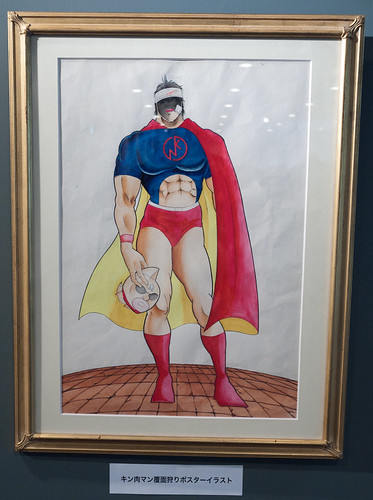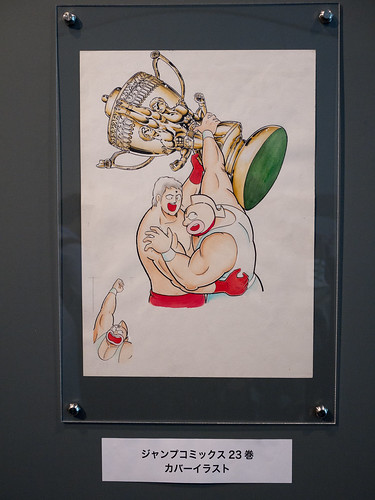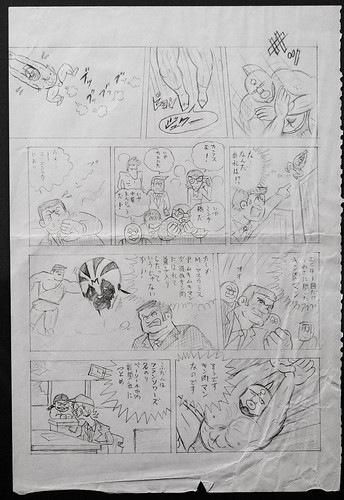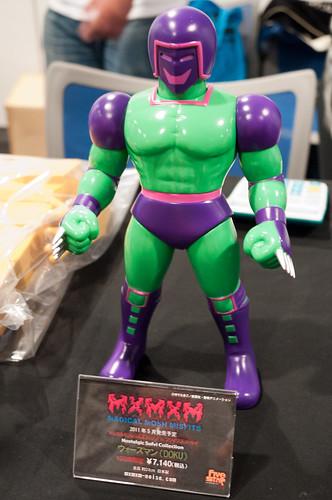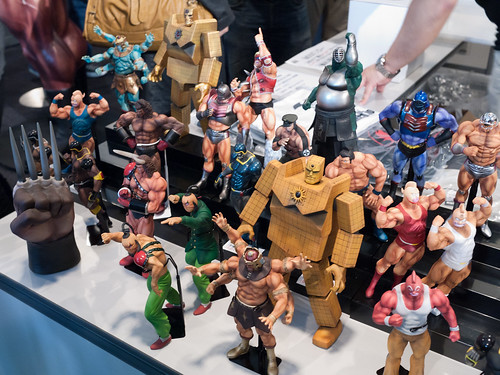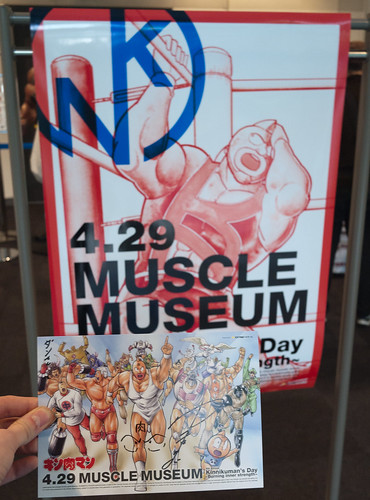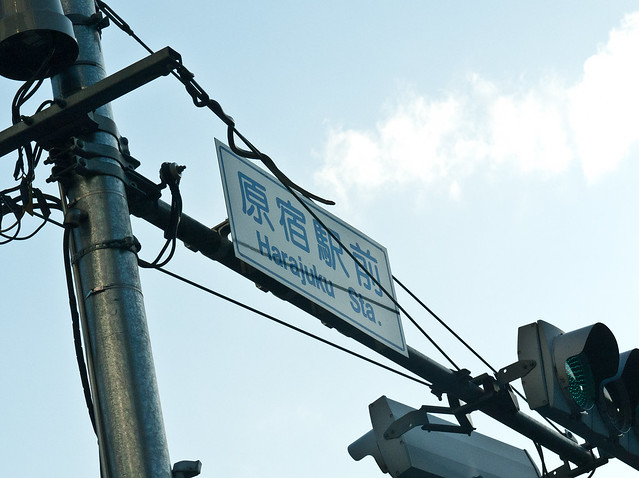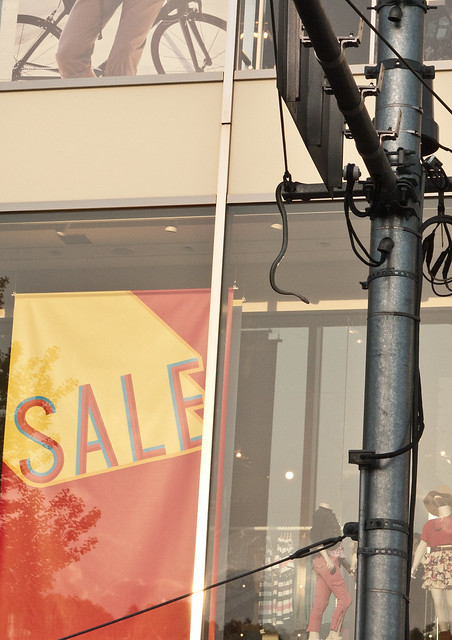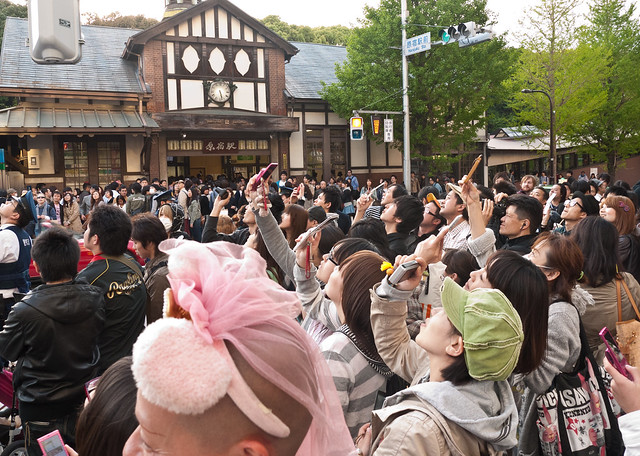Banning a product is a gamble by the powers that be. They always run the risk of garnering negative publicity for the thing they hoped to burn with the trash, a lesson exemplified by the surge of interest in the otherwise niche woman stalking simulation
Rape Lay after the British Parliament rallied to smite it from Amazon.com.
As Oscar Wilde once said, "the only thing worse than
being talked about is
not being talked about," and indeed, sometimes the ban hammer has the desired effect and obliterates its quarry from the public conscious. Lucky for the reader, we're here to open up old wounds and maybe add a dash of salt in the process. Never forget!
Dakko-Chan
 |
| If this toy makes you uncomfortable, it's because it reminds you have racist you are. |
From
kogals with loose socks to
Shibuya gyaru with fearsome fake nails and
blinged-out rhinestone cell phones, high school girls have always been the front runners of obnoxious fashion trends. The post-war generation was no exception and jumped out of the gates in 1960 with
Kinobori Winky, an inflatable vinyl doll that hung on you arm and winked at passersby with its
lenticular eyes.
Lovingly christened by the media as
Dakko-Chan (something akin to "Little Huggums"), this innocent tar baby rode the arms of schoolgirls across the nation to define a generation. The hottest thing to hit that summer, it was an overnight success and demand far outstripped supply. Storefronts were hammered by waves of customers waiting to buy redemption tickets, which gave them the privilege to line up
again later for a chance to buy the actual doll. Nearly 2.5 million units were moved in just six months—everyone was in love with
Dakko-Chan.

Well, nearly everyone. Detractors criticized the hugging mechanism as undermining the moral fiber of society, and the winking gimmick as downright poppycock. Not to mention attacks from human rights groups who, in the 1988
anime and
manga reforms, called out the toy’s black skin, swollen lips, and bushman skirt as racially insensitive.
This was all directed at a country who
doesn’t know a
golliwog from
Mister Popo or Pokemon's
Jynx. The maker
Takara Tomi caved in and eventually released
variant colors sans the outrageous lips, setting the stage for Bobby
Ologun to take his rightful place as the average citizen’s first exposure to an African stereotype. Ironically, with all the effort put into making
Dakko-Chan politically correct, nothing has been done to subdue the spread of Japanese hip-hop and reggae, something truly offensive to persons of good conscious the world over.
Everyone’s Ta-Bo
 |
| Proof positive that ignorance is bliss. |
With his eyes fused shut in bliss and a chronic case of slack jaw, Ta-Bo was
Sanrio’s answer to the motivational posters loved by school guidance counselors. Go to bed early and get up earlier! Smile and the world smiles with you! This positive propaganda machine was born in 1984 to slowly fade from greeting cards and stationary as we moved into a cynical 21st century.
Reasoning follows that the character was cycled out due to a lack of popularity, but it’s easy to connect the dots leading to a sinister, though equally rational conclusion—mouth breathing space case Ta-Bo was seen as an offensive caricature of mentally handicapped children and was pushed off the market by irate parent groups.
Ta-Bo’s profile is still up on the official
Sanrio site, leading the author to believe that they’
ve made his disappearance a public secret to avoid further inquiry. Hang in there, baby!
King Piccolo
 |
| How many fingers am I holding up? |
So-called "reverse racism" in the form of initiatives such as Affirmative Action can be viewed as the White Man finally coughing up back taxes for their social lottery winnings. The plight of the privileged makes itself known in Japan as well, for their homogeneous society beguiles a legacy of class-based discrimination whose reparations are being paid for even today. I’m talking about the untouchable caste, the invisible
Buraku.
The
pre-Meiji system was one of rigid castes determined at birth with little hope for upward mobility. The upper crust composed of rich samurai and aristocrats sailed by on the sweaty backs of the peasants who tended their fields. But below even the proletariat was another group who took on the tasks deemed uncleanly by Buddhist scriptures—most notably butchering livestock and tanning their hides.
Damned by the Gods and shunned by their fellow man, the
Buraku class were exiled to ghettos on the outskirts of the village.
Though the Meiji administration banned the caste system in 1869, it was difficult for ex-
Buraku to wash away their social stigma, especially when their outcast roots could be easily traced back to the hamlet of their birth. There was even a secret gesture to call people out inconspicuously: Tuck in your thumb and show a palm of four fingers, representing the four-legged animals that
Buraku tended to.
 |
| You can bet the special interest groups were not pleased with the original incarnation of Dragon Ball’s King Piccolo. |
The studios were in a tizzy. How were they going to broadcast an
anime where the main villain was perpetually giving
Buraku the finger, so to speak? Lucky for them, author
Toriyama Akira flubbed up in Volume 13 and drew Piccolo counting down from five—on five fingers! Executives jumped on this snafu and the version of the iconic character we know today was born. If anyone has info on four finger Piccolo merchandise send it my way!
For more information about
Buraku and Japan's meat industry, check out our visit to the
Shinagawa Central Wholesale Meat Market.
